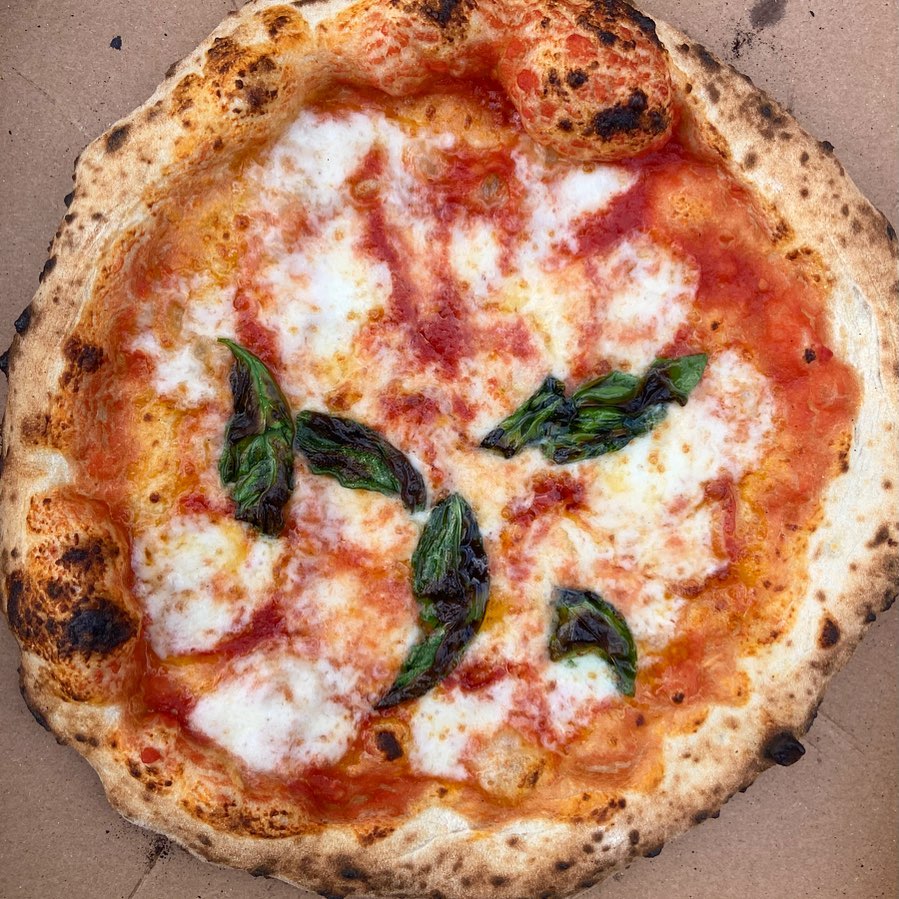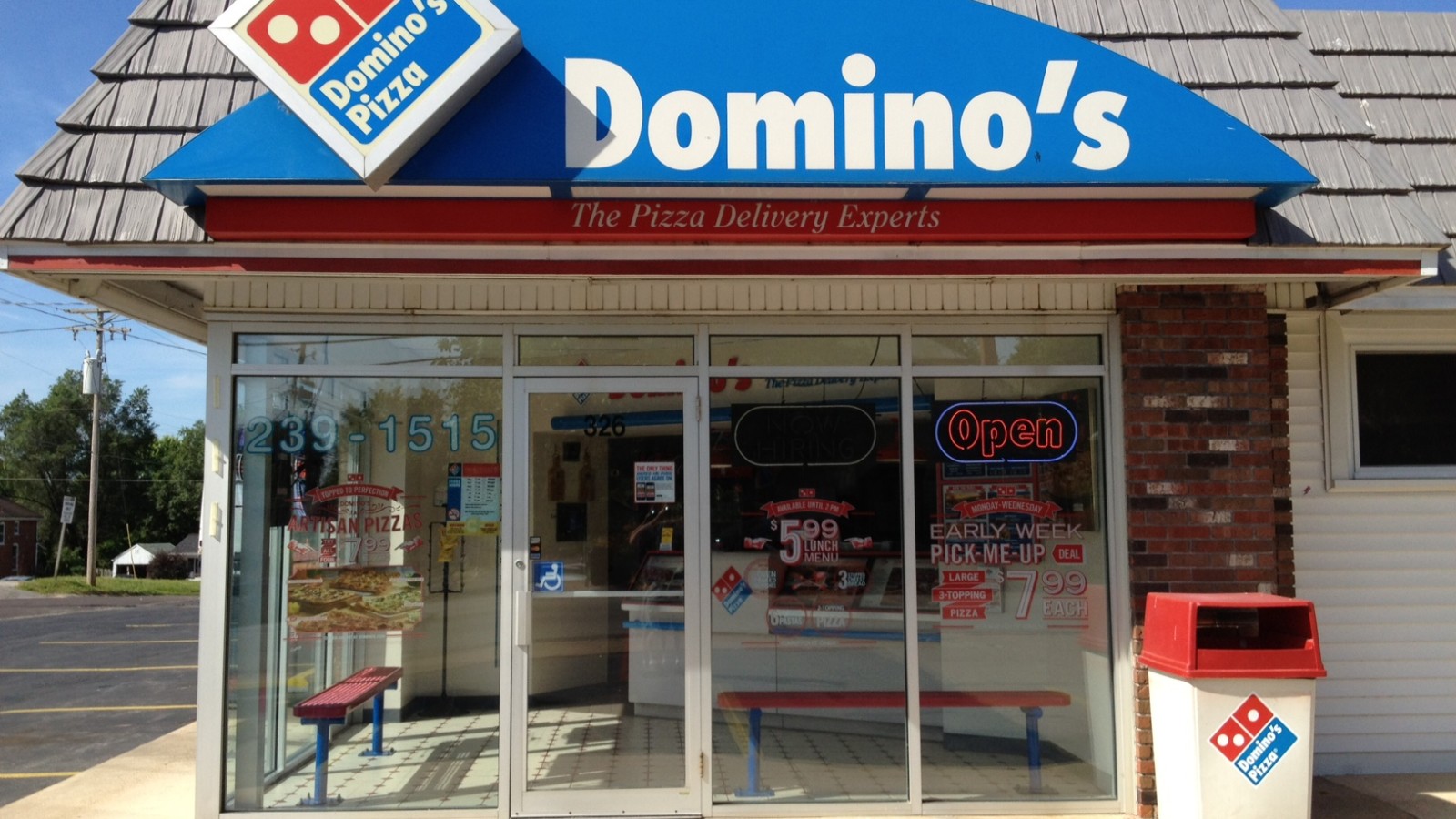The COVID-19 pandemic has challenged businesses across the board, with many forced to permanently close their doors. Others have managed to do surprisingly well despite the circumstances. From small, local store-fronts to nationwide franchises, many businesses have figured out how to keep customers coming back, even during a pandemic. Pizza restaurants in particular have thrived during COVID-19, especially Pizza restaurants specializing in a specific type of pizza, like Neapolitan Pizza Margherita.

But why have pizza restaurants proven themselves to be among the most resilient during the pandemic? The pandemic forced restaurants to change how they interacted with customers. From social distancing mandates to temporary bans on dine-in services, many challenges faced restaurants that needed regular customers to avoid shuttering completely.
The answer, perhaps, lies in the food itself. Pizza delivery isn’t new. While non-pizza restaurants scrambled to come up with ways to keep their businesses afloat, they were faced with a difficult truth: some food just isn’t met to travel.
Pizza, on the other hand, is comfort food that has been successfully delivered right to the doorsteps of customers for decades. Concerns about public health and the economy left consumers grasping for comfort food more than ever. To meet that need, very little innovation was required for pizza restaurants that already saw most of their business coming from delivery services. Overall, pizza restaurants were in a better position from the beginning to deal with industry restrictions.
How Pizza Chains Survived the Pandemic
With businesses all around them closing their doors temporarily or permanently, pizza chains not only stayed open, but thrived. Their success can be summed up with one word: innovation.
Delivery-focused pizza chains like Domino’s introduced contactless delivery, a measure that resulted in an increase in same-store sales. Even as hundreds of thousands of Americans were forced to quarantine in their homes at some point during the pandemic, pizza delivery was always available.
Domino’s and other chain pizza restaurants have also let nostalgia work in their favor. Papa John’s began offering stuffed-crust as an option for its pizzas, while Domino’s brought back a familiar marketing icon. Neither strategy can be considered revolutionary, but they’ve proven to be nothing short of successful. In times of uncertainty and increased anxiety, a “blast from the past” provides customers with an expected sense of comfort; feelings that these pizza restaurants benefit from.
Digital proficiency is yet another tool that has proven to benefit pizza restaurants. With so many already offering online ordering and apps, this added level of convenience has made a significant difference in the success of pizza restaurants versus restaurants that rely on in-person orders.
Technology has continued to work in the favor of pizza restaurants that have relied on digital orders to remain accessible. Pizza companies like Papa John’s, Domino’s, and Pizza Hut have promoted digital ordering for years, but for many pizza restaurants, it’s a new strategy. These big-name pizza chains make it easy for customers to order food right from their websites, without ever having to make a phone call or leave their house.
For smaller businesses, companies like Uber Eats, Door Dash, and Grubhub have allowed more consumers to use digital channels to reach their favorite pizza joints. CEO of Grubhub Matt Maloney told MarketWatch that at the beginning of the pandemic, his company was seeing “10 to 15 times” its normal business. In many cases, digital proficiency is the difference between success and failure in the restaurant business.

Local Pizzerias Fight to Survive During the Pandemic
“The pandemic really showed what restaurants are made of” says Petko from Chefin.
For locally-owned and operated pizzerias, figuring out how to stay in business during the pandemic has required more creativity. To generate revenue, business owners had to come up with solutions to the many problems the pandemic confronted them with; problems that large chain restaurants didn’t have to worry about.
One such problem was food costs. Many small businesses rely on a fuller menu to appeal to as many potential customers as possible. But in the middle of a pandemic, many businesses had to shift their focus and downsize their menu to cut costs. For some businesses with pizza already on the menu, that meant relying on one type of food to help them stay afloat.
Along those same lines, it was essential for small businesses to appeal to customers who suddenly had to tighten their belts. Layoffs and job uncertainty meant more people were wary of how they spent their money and were more likely to cut costs wherever possible. Local restaurants were forced to compete with chain restaurants to offer food that was affordable, and what better way to do that than with a type of food known for feeding more people for fewer dollars: pizza.
Another popular solution many big-name and locally-owned pizzerias have adopted is the take-home pizza kit. These kits come with the convenience of delivery or carry-out, but allow you to enjoy a freshly-baked pizza on your own time.
Customers purchase everything they need to make their favorite pizza directly from their go-to restaurant and then bake them at home. Options like these have contributed to the rise in popularity of home pizza ovens like the Ooni and Gozney ovens.
In many ways, during the pandemic, pizza became the saving grace for both food lovers and the restaurants that serve them.


